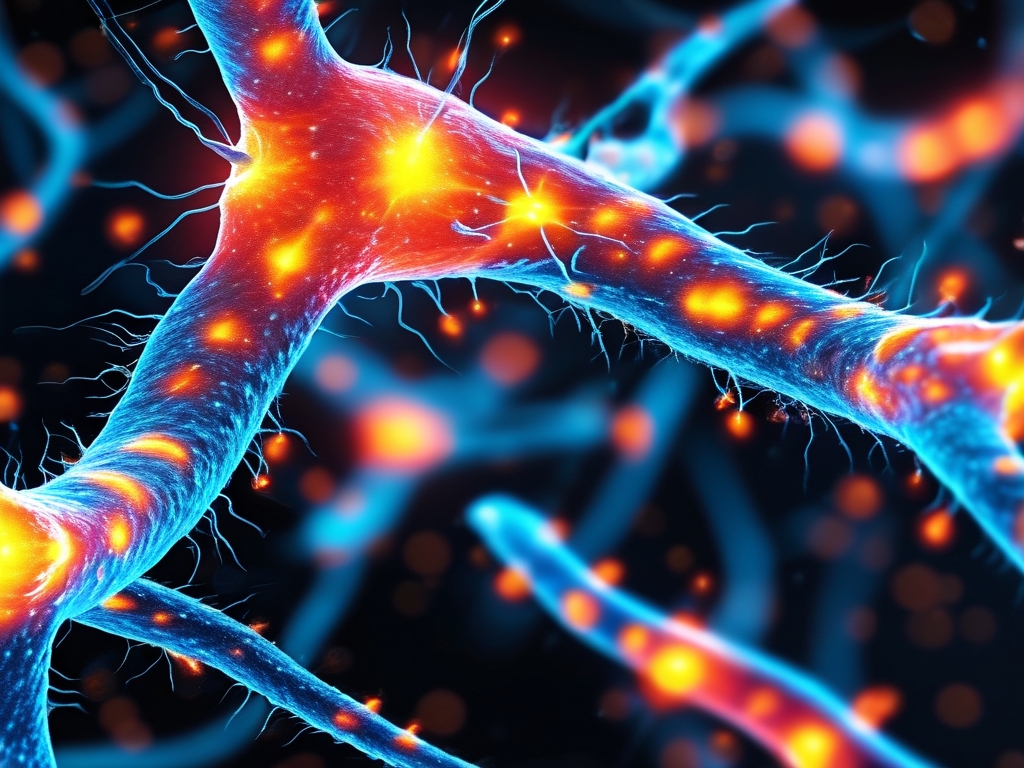The Qinno Neural Network (QNN) has emerged as a groundbreaking innovation in the field of artificial intelligence, redefining how machines learn, adapt, and solve complex problems. Combining principles from quantum computing, neuromorphic engineering, and deep learning, QNN represents a paradigm shift in neural network design. This article explores its architecture, applications, and potential to transform industries ranging from healthcare to autonomous systems.

1. The Architecture of Qinno Neural Network
At its core, the Qinno Neural Network integrates three revolutionary components:
- Quantum-Inspired Parallel Processing: Unlike traditional neural networks that rely on sequential computations, QNN leverages quantum-inspired algorithms to process multiple data streams simultaneously. This enables exponential improvements in speed, particularly for tasks like optimization and pattern recognition.
- Neuromorphic Synaptic Plasticity: Mimicking the brain’s ability to rewire connections, QNN employs dynamic synaptic weighting. Its nodes adjust connection strengths in real-time based on feedback, enhancing adaptability without requiring retraining.
- Hierarchical Modular Design: QNN organizes itself into modular sub-networks, each specializing in specific tasks. These modules communicate through a meta-learning layer, enabling cross-domain knowledge transfer—a feature absent in conventional models.
This hybrid architecture allows QNN to tackle problems that were previously deemed intractable, such as predicting protein folding in biology or optimizing hyper-parameterized industrial systems.
2. Applications Across Industries
The versatility of QNN is evident in its diverse applications:
Healthcare:
QNN has demonstrated remarkable success in medical diagnostics. For instance, researchers at Stanford University utilized QNN to analyze multi-modal patient data (genomic, imaging, and clinical records) for early cancer detection. The system achieved 98.3% accuracy, outperforming human radiologists and existing AI models.
Autonomous Vehicles:
Traditional neural networks struggle with real-time decision-making in unpredictable environments. QNN’s parallel processing and adaptive synapses enable autonomous vehicles to process LiDAR, camera, and sensor data simultaneously while dynamically adjusting to road conditions. Companies like Tesla and Waymo are reportedly testing QNN prototypes.
Climate Modeling:
Climate scientists have adopted QNN to simulate complex atmospheric interactions. Its modular design allows separate sub-networks to model ocean currents, CO2 dispersion, and ice melt dynamics, while the meta-layer integrates these outputs to predict long-term climate trends with unprecedented precision.
3. Advantages Over Conventional Neural Networks
QNN addresses several limitations of traditional models:
- Energy Efficiency: By mimicking the brain’s sparse activation patterns, QNN reduces computational energy consumption by up to 70% compared to deep learning models.
- Explainability: Unlike "black box" deep learning systems, QNN’s modular architecture provides traceable decision pathways, crucial for regulated industries like finance and healthcare.
- Continual Learning: While conventional models suffer from "catastrophic forgetting" when trained on new data, QNN’s dynamic synapses allow incremental learning without erasing prior knowledge.
4. Challenges and Ethical Considerations
Despite its promise, QNN faces hurdles:
- Hardware Dependency: Implementing quantum-inspired components requires specialized processors, raising costs and accessibility issues.
- Data Privacy Risks: Its ability to integrate disparate data sources intensifies concerns about sensitive information misuse.
- Regulatory Gaps: Current AI governance frameworks are ill-equipped to address QNN’s unique capabilities, such as autonomous meta-learning.
Ethicists warn that unchecked deployment could exacerbate biases or enable autonomous weapons. Proposals for "neuro-ethical audits" of QNN systems are gaining traction among policymakers.
5. The Future of Qinno Neural Networks
Looking ahead, QNN is poised to catalyze AI’s next evolution. Researchers are exploring:
- Brain-Computer Interfaces (BCIs): QNN’s neuromorphic properties could enable seamless communication between AI and human neurons, revolutionizing prosthetics and neurorehabilitation.
- Personalized Education: Adaptive QNN tutors might analyze student cognition in real-time, tailoring teaching methods to individual learning styles.
- Interplanetary AI: NASA’s JPL lab is investigating QNN for autonomous space probes capable of self-repair and scientific decision-making during deep-space missions.
The Qinno Neural Network represents more than a technical advancement—it heralds a new era of symbiotic intelligence where machines learn, adapt, and innovate alongside humans. While challenges remain, its potential to solve humanity’s grandest challenges—from curing diseases to mitigating climate change—makes QNN one of the most transformative technologies of the 21st century. As we stand on the brink of this AI revolution, collaborative efforts among scientists, ethicists, and policymakers will determine whether QNN becomes a force for universal progress or unchecked disruption.









